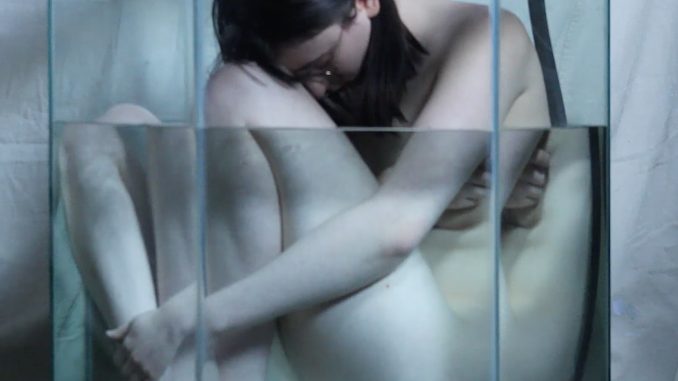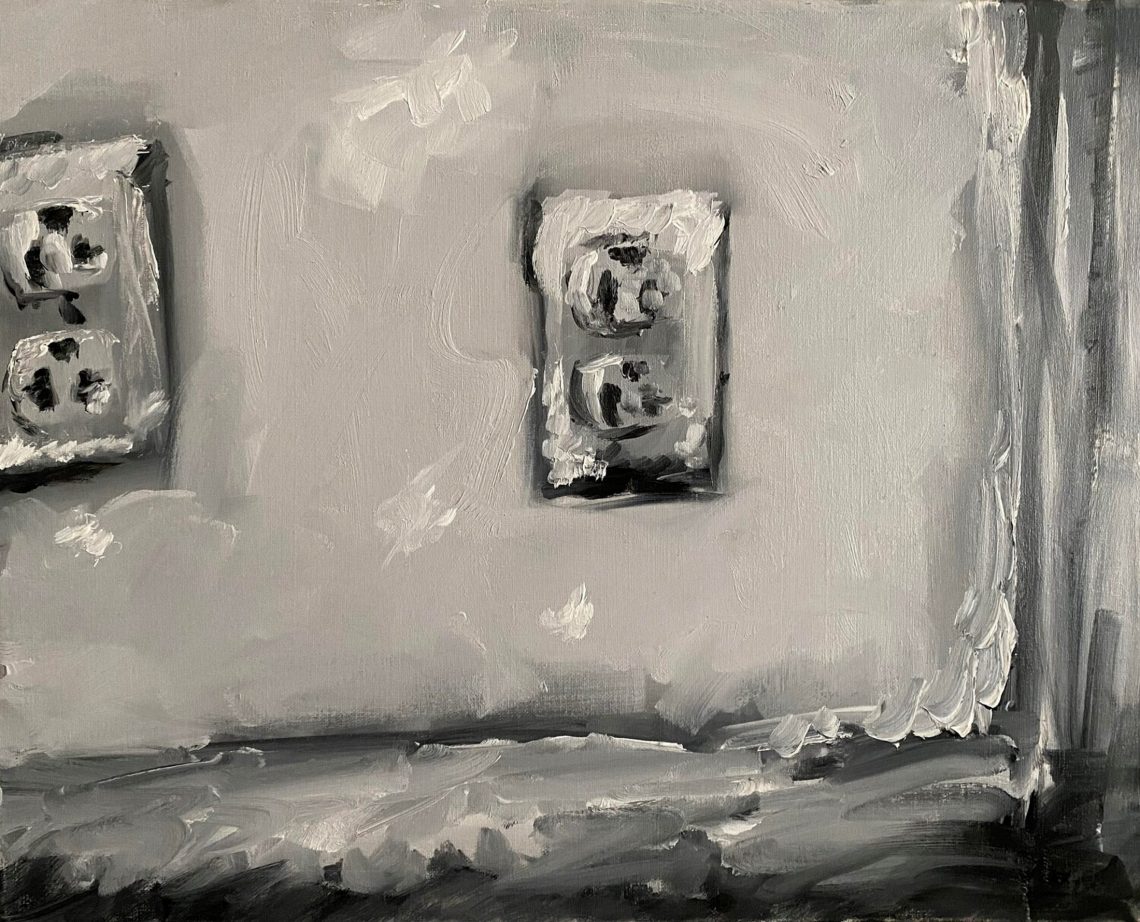
Updated Nov. 18 at 10:29 p.m.
On the day of the MEd art show, Avery Rogusky usually meticulously sets up her work in the Stella Elkins Tyler Gallery before friends and family arrive.
But this semester, she took pictures of her artwork and uploaded them to STELLA, an online art exhibit platform.
Students at the Tyler School of Art and Architecture are navigating how to create artwork at home without access to studio materials and showcase their projects in a virtual format as the COVID-19 pandemic makes in-person viewing difficult. STELLA allows student artists to submit images and descriptions of their artwork and display it on a publicly-accessible website.
Of the four Tyler shows currently on display, two new ones premiered Thursday, Nov. 12, and will remain posted indefinitely along with the “The Zoom Ages” and “The XXVIII Amendment” galleries which debuted in October, said Rogusky, a third-year art education student.
One of the new galleries, “Through Our Eyes,” is a collection of works created by four art therapy students graduating in December, said Marissa Ziobro, event coordinator for the exhibit.
Each student chose 10 works to demonstrate why they create therapeutic art, Ziobro added.
“It’s been weird navigating the world of galleries online, it’s been mostly trial and error,” said Ziobro, a senior art therapy major. “I’m pretty excited that we’re gonna have something that’s accessible and there’s not going to be a worry of transportation or of people going out during a pandemic.”
The requirements for the works they created this semester were more flexible and allowed students to exercise their creativity more freely because they couldn’t create in structured studio settings with access to the same materials, Ziobro said.
Courses that are dependent upon access to Tyler equipment and facilities for students to complete their work are being held in person this semester, Dean Susan Cahan said in a video message to Tyler students on Sept. 4.
Although some classes are not being held in studios, students can reserve studios like glass, printmaking and painting spaces, which are open for students to individually work on assignments, according to the Tyler website.
Virtual classes are challenging because students don’t have resources like printmaking equipment and oil paints that they usually use to create art, said Scott Vassa, a senior art therapy major.
Certain aspects of artmaking, like having proper indoor ventilation for oil painting, can add barriers to creating at home, he added.
It is important to have galleries because it allows artists to still put their work out in public, he added.
“We gotta keep the art going, we can’t just pack it all up just because we can do it in person, we just have to adapt,” Vassa added.

Isabel Kohuth, a senior art therapy major, feels her work in the gallery shows her growth as an artist getting comfortable with new media, she said. Her favorite piece, “Intersectionality,” depicts a black and white woman’s side profile that appears to be broken and then sewn up against a rainbow watercolor background.
“I wanted to show, like sometimes, we kind of feel like we’re falling apart, but we’re still together, we’re gonna make it,” said Kohuth, a senior art therapy major.
“Light It Up,” which also premiered Thursday, showcases performative art videos that students made this semester containing video clips of glass sculptures created before the COVID-19 pandemic, according to the STELLA website.
This project allowed students to continue creating even when they could not come into the studio to make glass sculptures, said Jessica Julius, glass program director.
The videos were made by four current glass students but feature alumni’s glass work, some of which was made by those who graduated in the spring and couldn’t showcase their art due to the pandemic, Julius said. The work of Jon Clark, who founded the glass program at Tyler, is also featured in “Light It Up” in the collaborative piece “Gravity.”
“This show would not have come up without this circumstance,” Julius said. “This could be an amazing opportunity to not only showcase and connect what the current students are doing, but also to look at past students and where they’ve gone and connect our communities together.”
Cassandra Jasulevicz, a junior glass and art history major, created a video showing her tightly wound in a glass tank that is slowly filling with water, interspersed with clips of hot glass being submerged in cold water.
“The Ceremony of Innocence” is meant to represent anxiety about issues like political unrest, COVID-19 and climate change compared to the physical stress of hot glass touching cold water, she said.
“I’m definitely happy that we were kind of pushed in this direction to try something new, I think it’s something that can add more depth to work in the future,” Jasulevicz said.
The STELLA online gallery also archives the art exhibits, Rogusky said. She hopes Tyler will continue to use the platform for this purpose when in-person galleries are available again.
“With art, once you have that show, it’s gone,” Rogusky said. “Now it’s going to be there for years. That’s something that people can take pride in.”
Editor’s note: This story has been updated to add clarity about current procedures for in-person operations at the Tyler School of Art and Architecture and at-home oil painting processes.


Be the first to comment